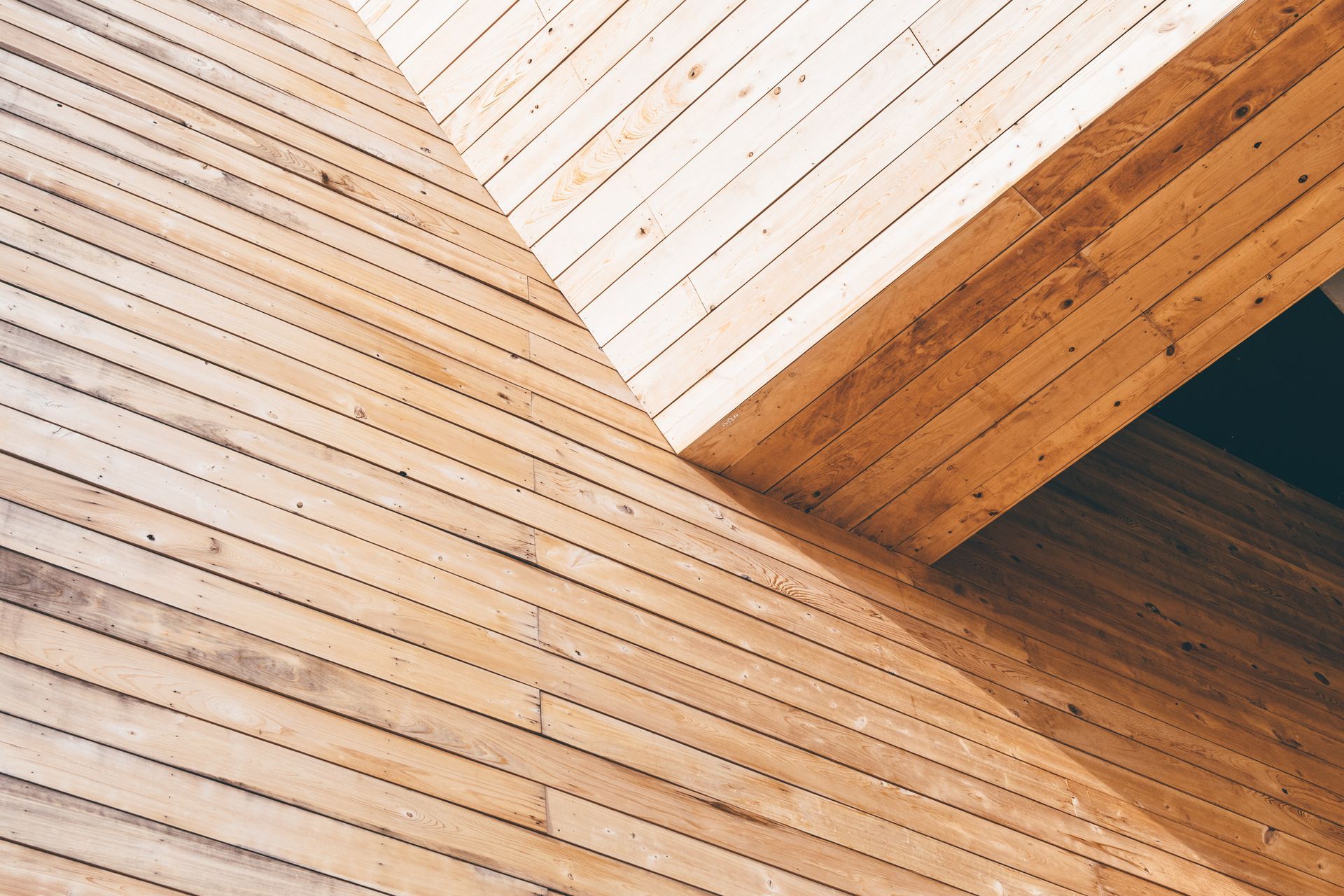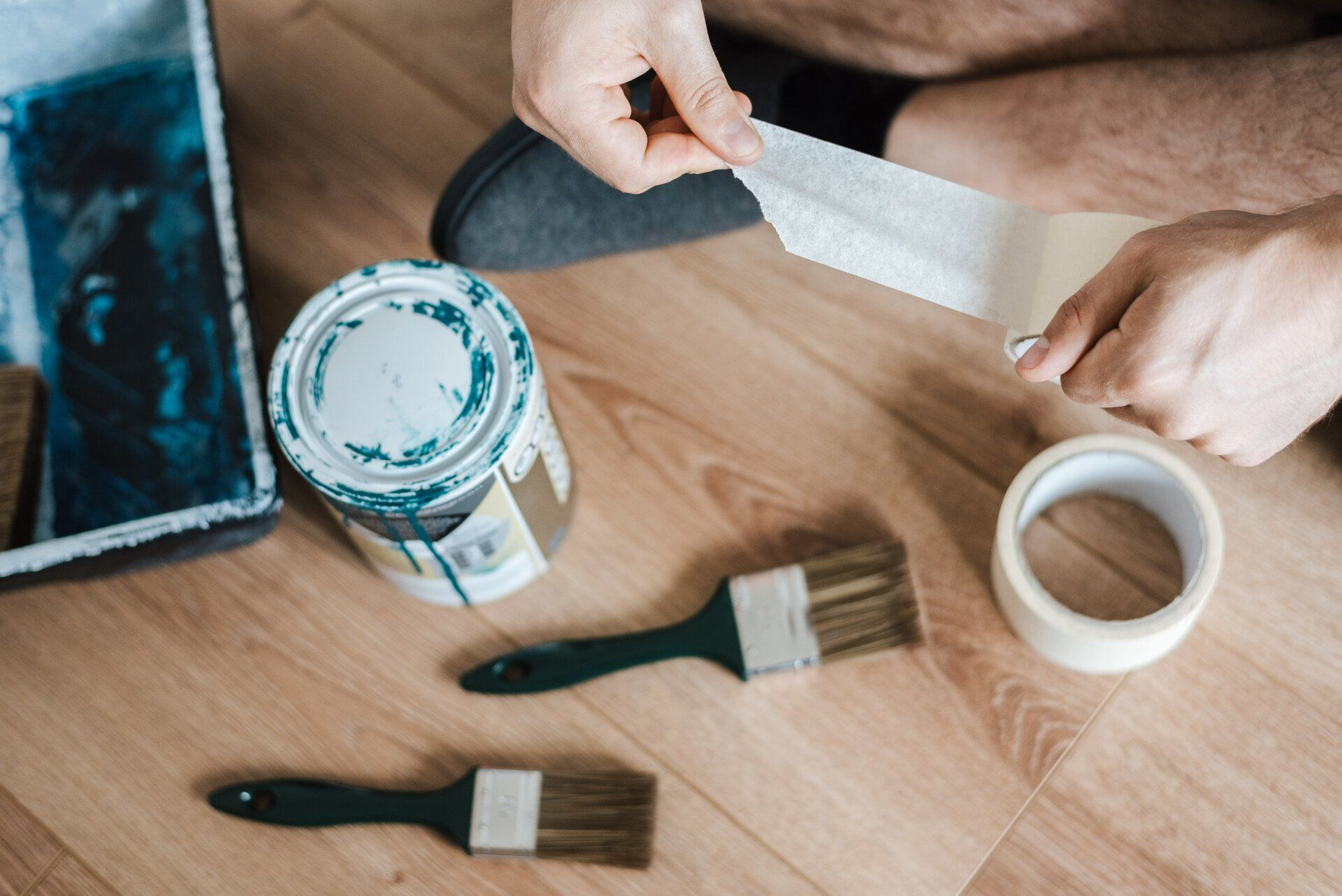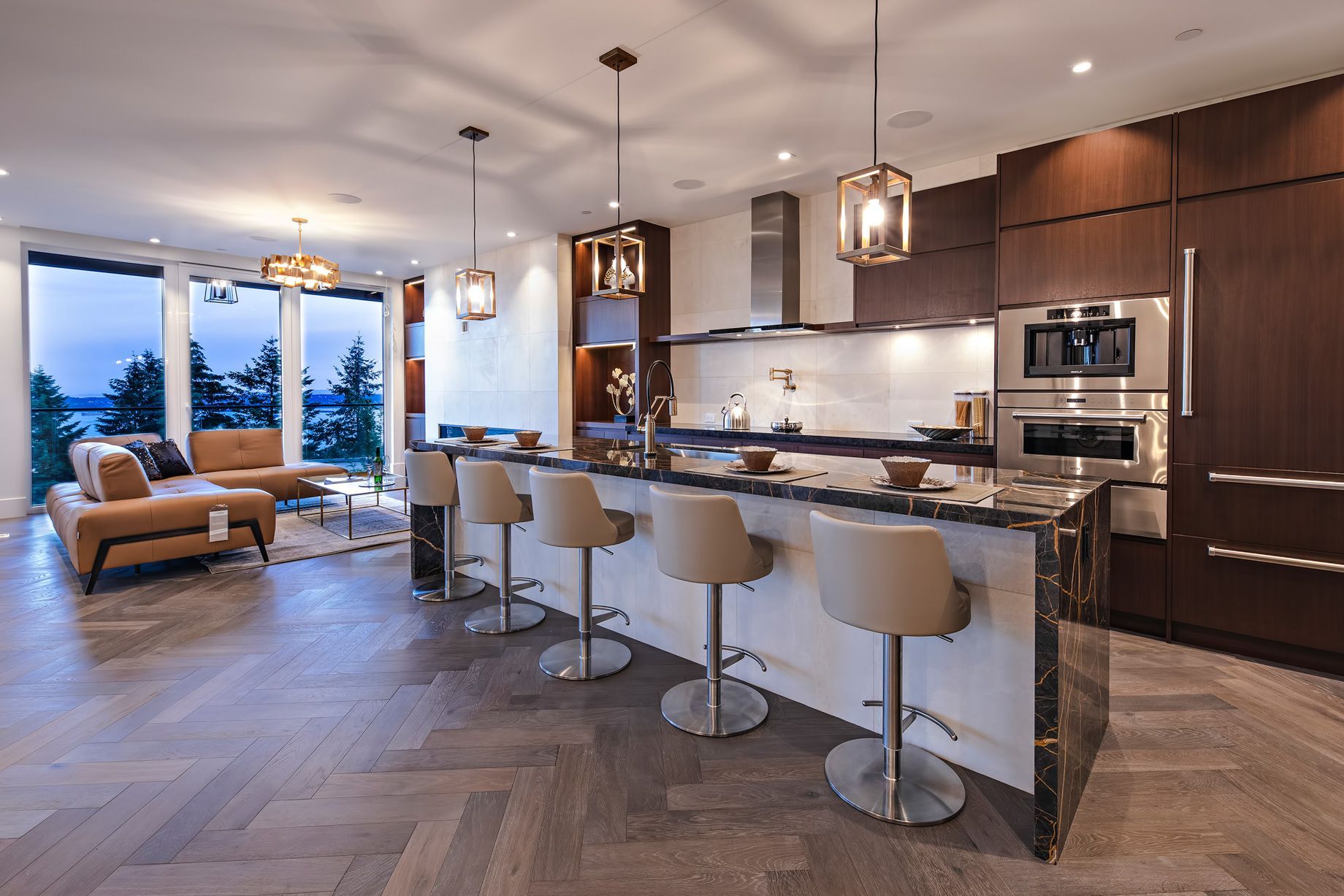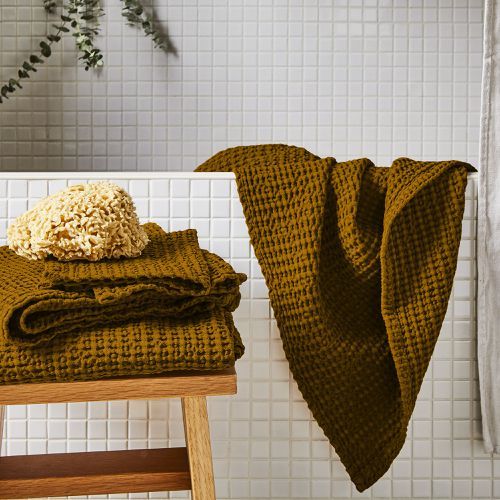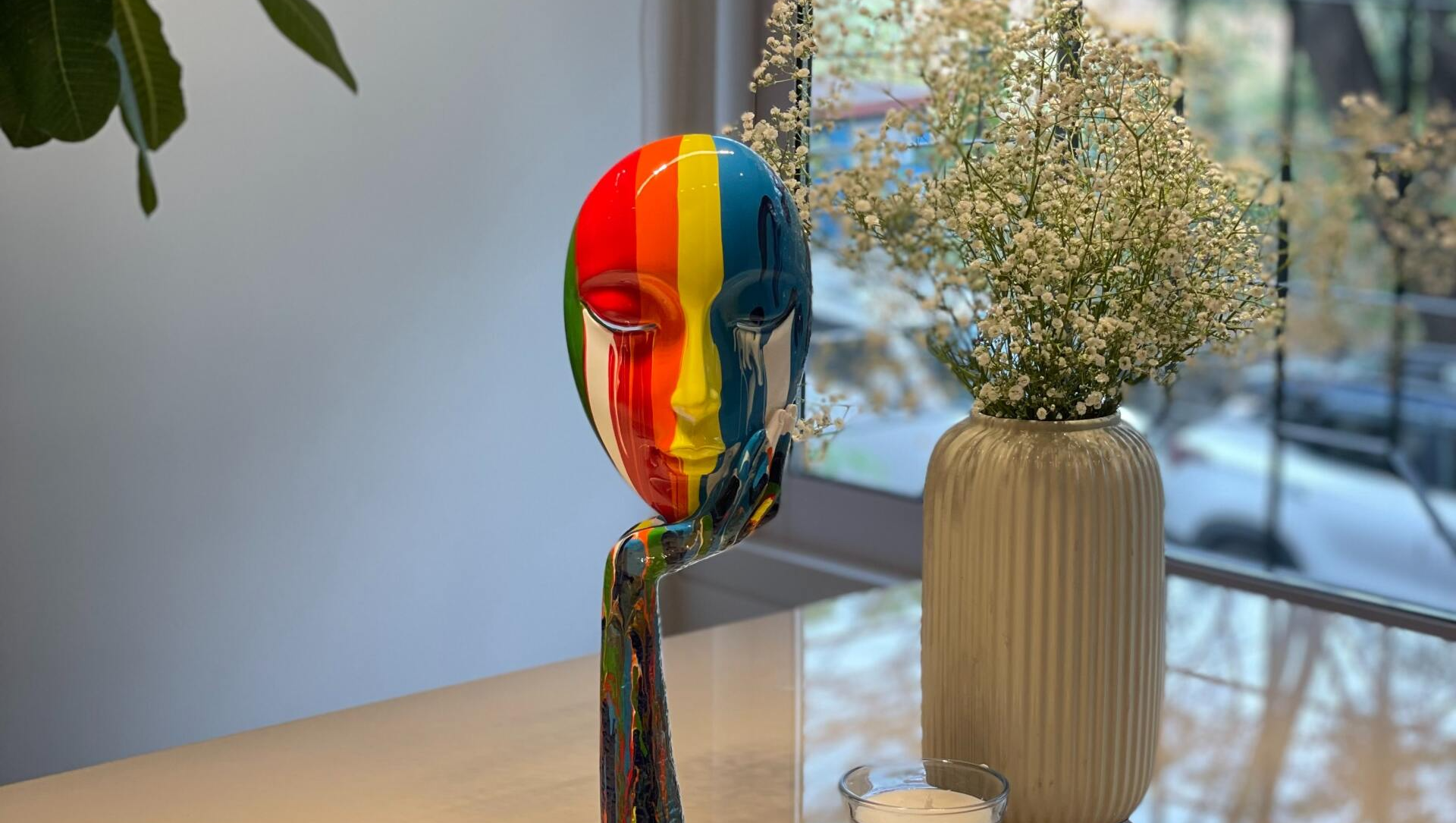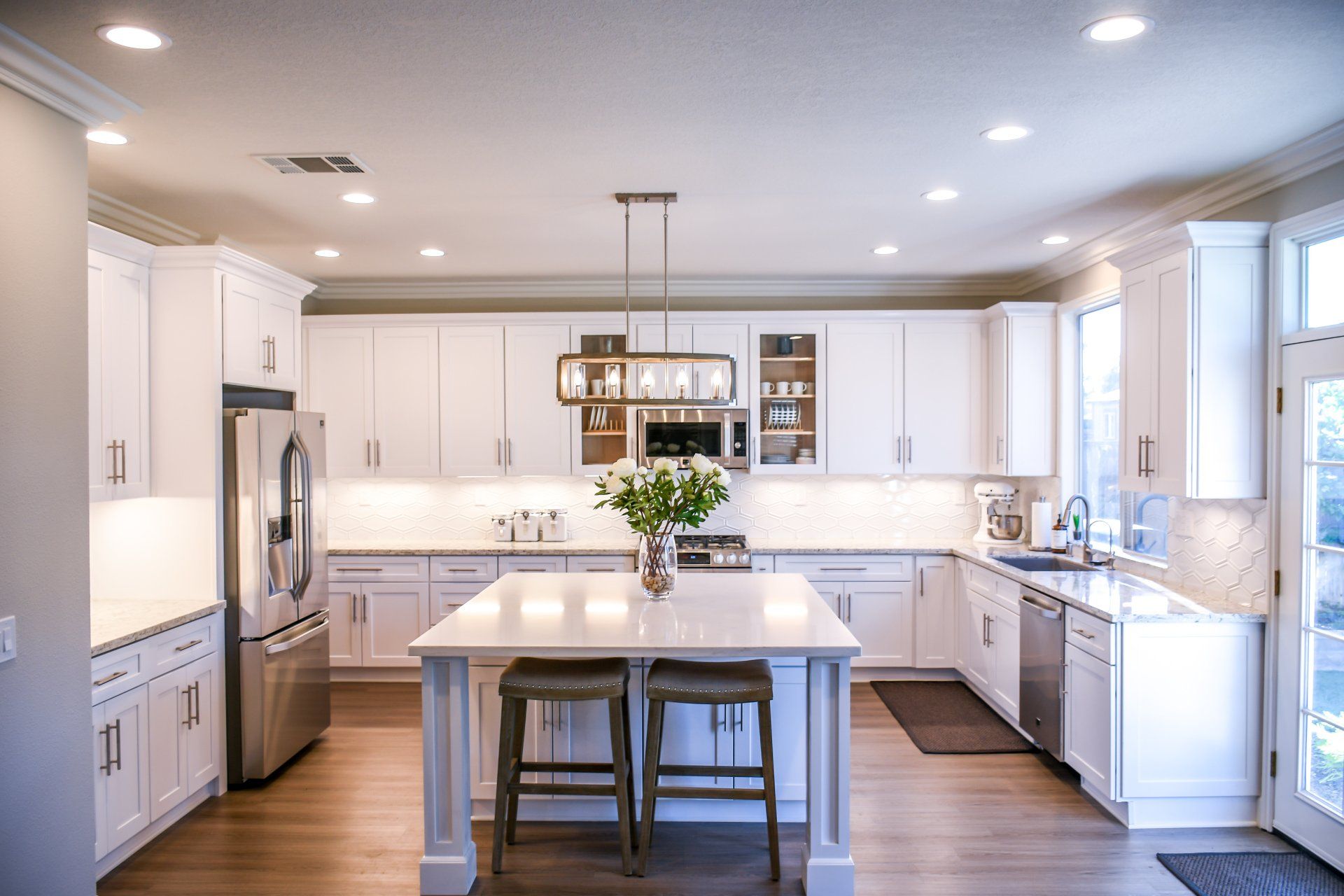Colour Trends: The Psychology Behind Decorating Your Home
Colours have a surprisingly powerful impact on the human subconscious. Psychologists have been studying the psychological effects of colour and how it evokes certain emotions in the human psyche for decades.
You’ve probably felt these effects before as well. Have you ever noticed how the colours yellow and red seem to make you hungry? That’s exactly why so many restaurant brands use them.
As a homeowner or business, there’s no reason why you shouldn’t be using color psychology to your advantage.
In this article, we’ll explore interior colour design trends and how a room's wall colour choices can greatly impact how your family uses it.
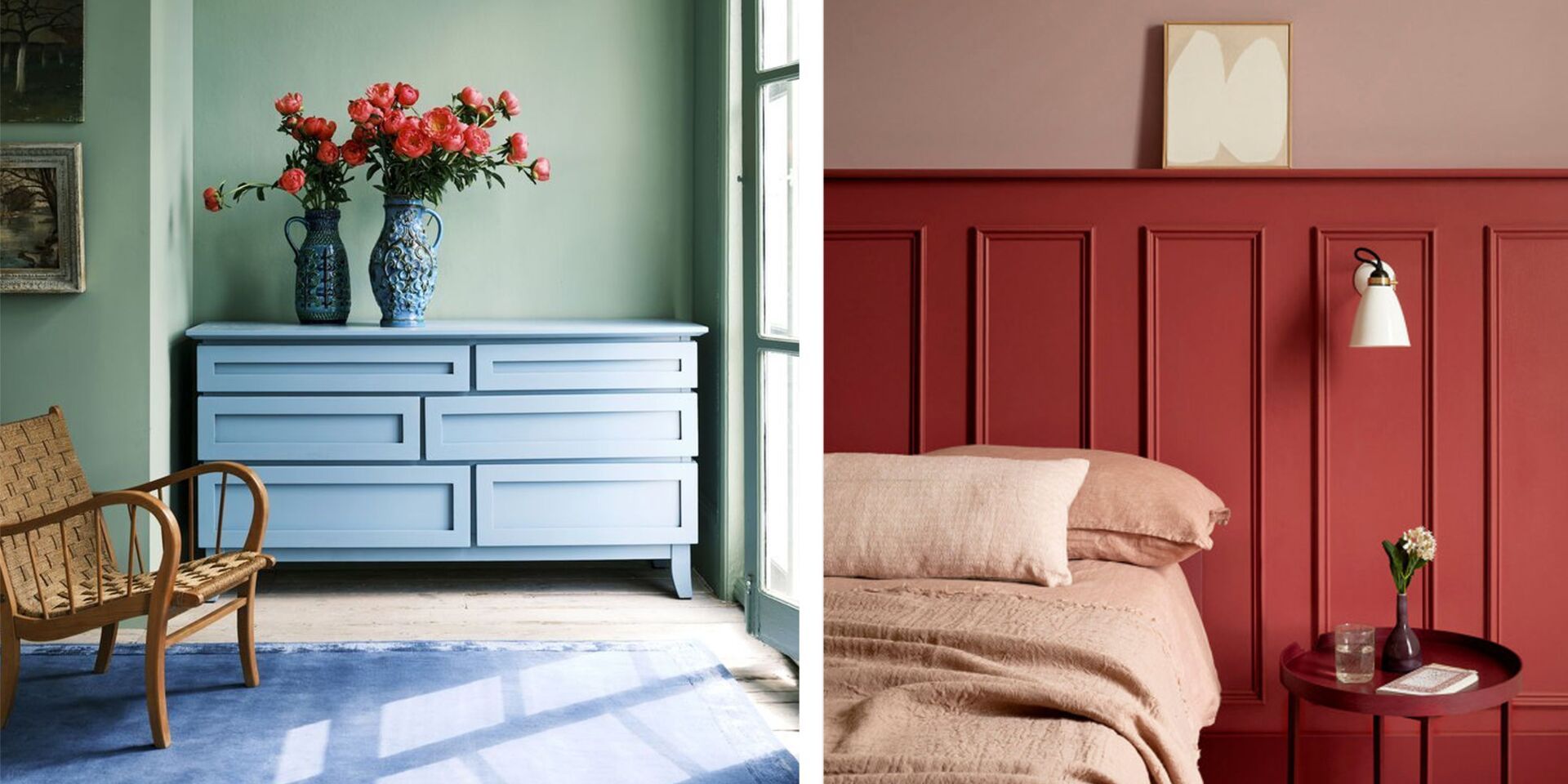
The Psychology Behind Interior Design Colour
The psychology of colour is the study of colour’s natural impact on human behavior and mood. For example, colours can make you feel relaxed, energetic, passionate, creative, or productive.
Sometimes colours can have different effects on different people, but the psychology of colours looks at the general “vibe” of certain hues.
What if you could harness that science for interior design? You could choose to create a particular feeling of a room using combinations of color. Colour in interior design reflects the homeowner’s personality and preferences. It’s essentially an extension of yourself.
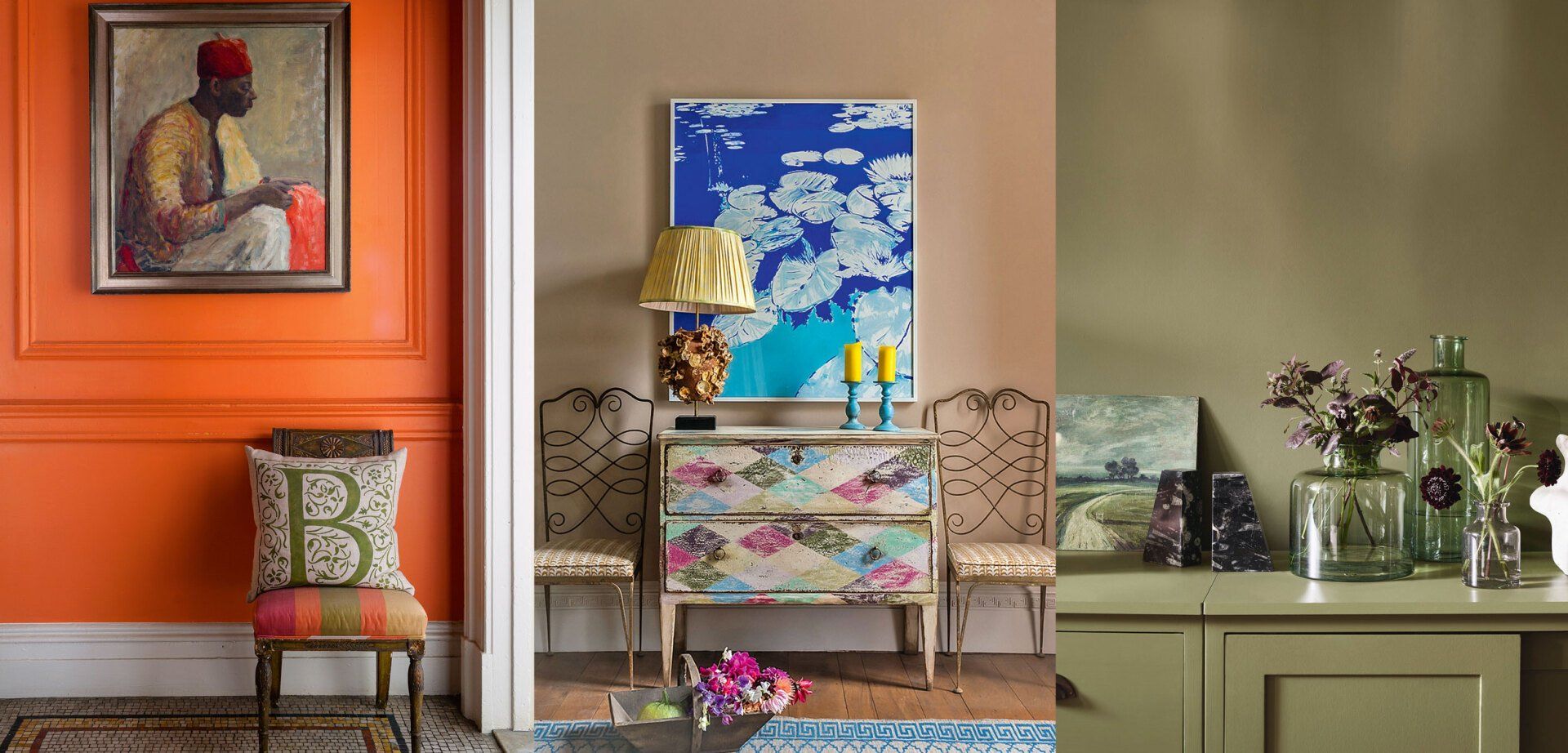
Choosing Colours for Specific Rooms of the House
Room color psychology also has a practical effect. Each room in a house serves a specific function, and you can choose a colour accordingly depending on how you want somebody to feel in that room.
Entrances and Hallways
These areas of the house benefit from inviting and uplifting colours that provide soothing and positive feelings. Lighter yellows, blues, and pastels work wonders here and are excellent at reflecting incoming sunlight during the day.
The Living Room
A living room is where you entertain guests, watch television, and unwind at the end of a busy day. Some appropriate colour ideas for the living room then are:
- Elegant, darker colors like deep blues and purples
- Calming and relaxing colours like lavender
- Luxurious and “royalty” hues like lilac, sage green, and navy
You generally want to make a living room feel more intimate and choose color combinations that match your furniture pieces and the overall living room decor. Choose colours that you’ll be proud of showing off to guests.
The Bathroom
Bathrooms are typically smaller than other rooms in the house, so choose light bathroom colours like white, yellow, beige, and light blue that make the space feel larger.
Alternatively, darker options like sage contrast well with any white marble of light-coloured cabinetry you might have.
The Kitchen
Kitchens typically call for lighter colours like golden yellow, which, as colour psychology tells us, increases metabolism and energy. But even gray and other hues have seen some popularity in recent years. It’s all about experimentation and how the colour compliments your kitchen appliances, cabinets, and linens.
The Bedroom
Bedroom colour is mostly based on how the room will look when the sun comes up. To that end, choose a look that you’d enjoy waking up to. Green and other natural, earthy tones exude feelings of calm, health and tranquility. Warm colors like creams and browns work too.
The Home Office
In an age where more of us are working at home than ever, wouldn’t it be great to have a productive office space of your own? You’ll notice that most commercial offices use inviting and neutral color schemes like grays and whites.
Gray is especially popular for its sophisticated and professional look. It’s also a timeless option that holds appeal no matter what new design trends arise.
However, don’t be afraid of choosing other options like blue, which also functions as a “productive” option.
The Dining Room
If your kitchen is adjacent to your dining room, choose colours that blend in well with whatever options you chose for the kitchen. Don’t be afraid to add a splash of red, orange, or yellow. Red encourages appetite, and other bright colors can really make the room “pop.” Just don’t overdo it. Bright colors can also be too harsh if you use them too liberally.
Choose the Perfect Benjamin Moore Paint Colour for Any Room
Home decor is both a personal preference and a science. It’s important to choose the right colors to match your taste and the mood you want each room to showcase.
Lighter colors such as calming light blues and earthy tones work well for living and bedrooms, while more energetic and enlightening tones are best suited for entrances and kitchens. Whatever you choose, there’s no denying how powerful the right colors can be.
Are you looking to spice up your interior design with colour? Explore
Benjamin Moore’s luxurious selection of paints and accessories to kickstart your next home renovation project.
On-screen and printer colour representations may vary from actual paint colours.
All Rights Reserved | Benjamin Moore Retailer | In Partnership with CCC

